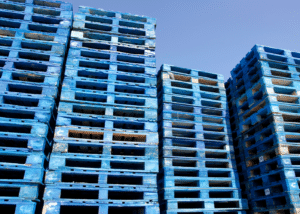
Safety II – Mark McKergow
I was recently contacted by Andy Shone of Southpac, who provide training to the airline and other safety-critical industries from their base on Australia’s Gold Coast. Andy was initially interested to discuss our work on host leadership, but in a context I hadn’t previously known – ‘Safety II’. Some of you will know that my pre-consulting background was in the nuclear power business here in the UK, and even after moving on from there I devised and ran safety leadership courses for senior managers in the industry in the 1990s and early 2000s. What’s more, there seem to me to be some very interesting connections between Safety II and the work we’ve been doing in Solutions Focus over the past 25 years. What an exciting connection!
One way to start to explore Safety II is to read the White Paper published in 2015 by Erik Hollnagel, Robert Weirs and Jeffrey Braithwaite. Safety II is described as ‘ensuring that as many things as possible go right’, as opposed to the conventional Safety I view that safety is about ensuring that as few things as possible go wrong. Whereas Safety I is about preventing accidents, promoting Safety II means knowing more about what makes and keeps things safe, running smoothly and without incident. This latter is, of course, what happens the vast majority of the time but goes under the radar of most safety professionals. Here is a key table introducing the differences between these two views taken from the White Paper:
| Safety I | Safety II | |
| Definition of safety | That as few things as possible go wrong. | That as many things as possible go right. |
| Safety management principle | Reactive, respond when something happens or is categorised as an unacceptable risk. | Proactive, continuously trying to anticipate developments and events. |
| View of the human factor in safety management | Humans are predominantly seen as a liability or hazard. They are a problem to be fixed. | Humans are seen as a resource necessary for system flexibility and resilience. They provide flexible solutions to many potential problems. |
| Accident investigation | Accidents are caused by failures and malfunctions. The purpose of an investigation is to identify the causes. | Things basically happen in the same way, regardless of the outcome. The purpose of an investigation is to understand how things usually go right as a basis for explaining how things occasionally go wrong. |
| Risk assessment | Accidents are caused by failures and malfunctions. The purpose of an investigation is to identify causes and contributory factors. | To understand the conditions where performance variability can become difficult or impossible to monitor and control. |
This is a really fascinating development – in the same way as our shift from problem to solution focus, or the shift in software development from ‘waterfall’ to ‘agile’ methodologies. For starters, here are just three of the things that strike me about this shift in viewpoint.
- There is a very strong analogy between the shift to Safety II and Solution Focus. In SF we don’t think that’s what’s wanted is simply the opposite of what’s wrong. Building solutions is about finding what’s wanted (not what’s not wanted) and then finding ways to notice and build on what’s already working that connects with it (usually by taking small steps). The various practical tools and approaches developed by SF practitioners over the past 25 years could therefore be useful in building the practice of Safety II (Future Perfect, scaling, appreciation, small steps, noticing vs doing, etc).
- In Safety II the difference between safe operation and an accident is seen as small. Most things work most of the time, and even in serious accidents many things happen correctly. There is an important philosophical point about causality wound up with this – Safety I is based on a causal links view whereas Safety II looks from an emergence perspective where the idea of one thing simply and inevitably causing another is seen as misleading and naïve. Trying to isolate and prevent ‘errors’ and ‘unsafe acts’ is therefore a somewhat fruitless endeavour, since often these are safe acts which are occurring in unusual circumstances and contexts.
- In the table above, I am struck by the difference in the perceived role of people. In conventional safety, much can be attributed to ‘human error’ and therefore the goal can be to remove people (and the variability they inevitably bring) from the process as far as possible. Automatic safety systems are therefore seen as the answer. ‘Making the people follow the procedure’ is the aim. Within Safety II, people are an important source of resilience – they can respond to unforeseen events and bring flexibility and creativity to dangerous situations. The computerised swimming pool lifeguard is not on the agenda!
No-one is suggesting abandoning Safety I. However, the advocates of Safety II think that the next level of improvement will come not from more rigorous applications of those ideas, but rather with the arrival and integration of Safety II ideas. There have been several books on this published over the past five years, and interest is starting to grow around the world. I wonder how Solutions Focus practitioners might be able to add and strengthen this movement?
The conversation with Andy Shone is progressing and he’s invited me to go to Gold Coast to lead a three-day deep dive into Safety II, host leadership and SF. Join us on 14-16 November 2018!

Dr Mark McKergow is director of the Centre for Solutions Focus at Work (sfwork), based in Edinburgh, Scotland. He is the co-author of four books on SF in organisational change including the best-selling The Solutions Focus (now in 11 languages). His latest book is Host: Six New Roles of Engagement(Solutions Books, 2014) about leading as a host, not a hero or servant.





